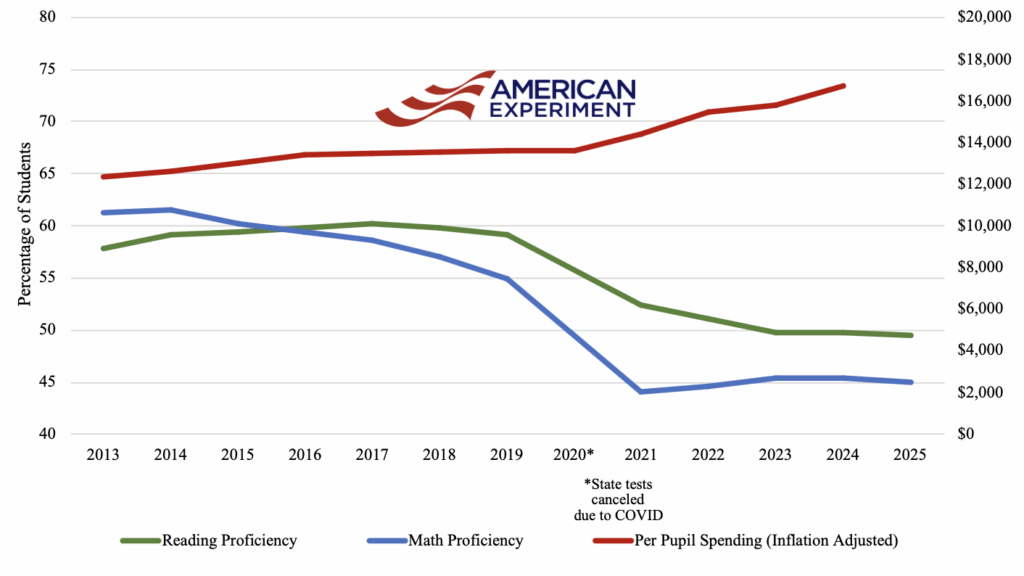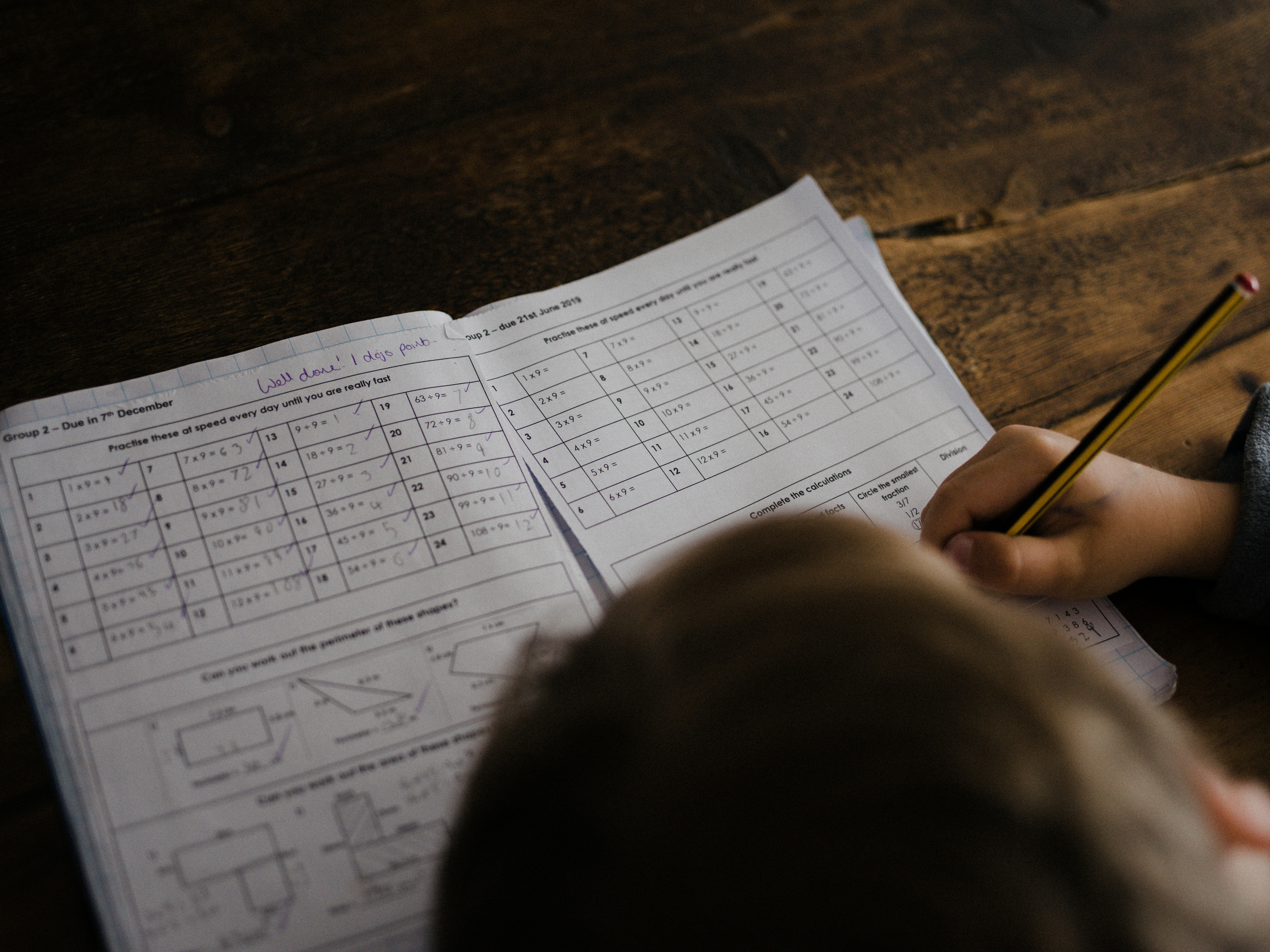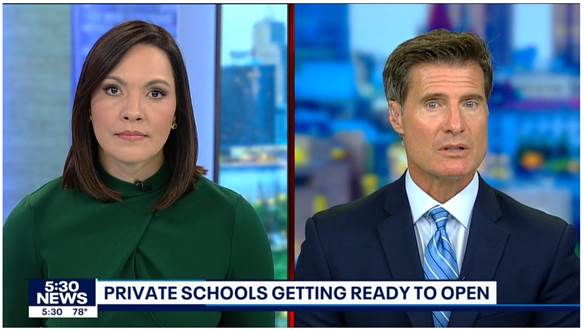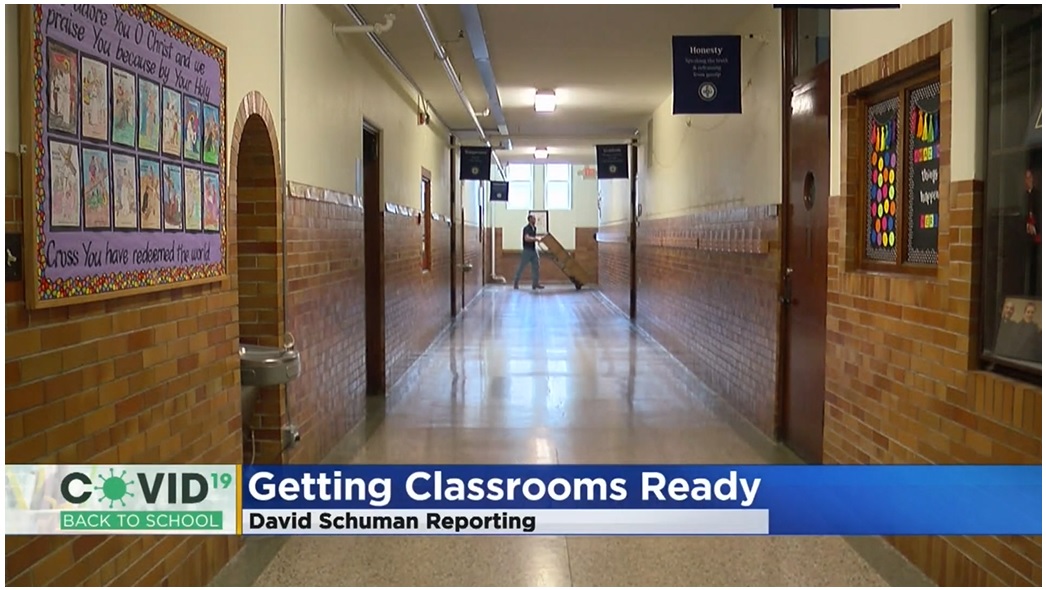Academic performance on the reading and math Minnesota Comprehensive Assessments (MCAs) is slightly down from last year, and more than half of public school students statewide remain below grade-level proficiency.
Newly released 2025 MCA results from the Minnesota Department of Education show 45.0 percent of students are meeting grade-level math standards (a drop from 45.3 percent in 2024) and 49.5 percent of students are meeting grade-level reading standards (a drop from 49.7 percent in 2024). Assessment results on all standards-based tests (which include alternate tests taken by students with the most significant cognitive disabilities) also dipped, going from 45.5 percent of students proficient in math in 2024 to 45.2 percent and 49.9 percent demonstrating reading proficiency in 2024 to 49.6 percent.
Third-grade reading proficiency on the MCA has dropped for the fourth consecutive year, with now over 54 percent of third graders not meeting grade-level reading standards.
The Minnesota Department of Education’s news release on the latest assessment data framed the 2025 MCA results as “stable” and “steady” academic performance but did not include the actual proficiency percentages or more context around the state’s long-term performance challenges and what these new results mean within those trends.
The declines continue a pattern of academic achievement challenges that have existed pre- and post-COVID — despite continued increases in education funding and record-levels of federal aid — and mirror subpar performance on national reading and math assessments.
The department stated reading growth on the MCA couldn’t be expected yet because the Reading to Ensure Academic Development (READ) Act was still being implemented but that students are “on track for long-term gains.”
During the 2023 legislative session the state overhauled its approach to literacy education, making evidence-based reading instruction a requirement for school districts, teachers, and the teacher preparation programs that prepare teacher candidates for the classroom. “The impact of structured literacy education will be evaluated over time and will first begin showing in statewide reading assessments results as students progress through grades with fully trained teachers,” according to the department.
While the shift in how reading is taught is a much needed and overdue step in the right direction, many have been sounding the alarm for years for such reform to occur. States like Mississippi decided to prioritize instruction based on the science of reading much sooner, and the state has outperformed Minnesota in a number of ways for years while spending far less to do so.
The majority of Minnesota students take the MCAs — the reading test is administered in grades 3-8 and grade 10 and the math test in grades 3-8 and grade 11. The number of students taking the tests in spring 2025 remained high, coming in at 95.6 percent participation for reading and 93.9 percent for math, the same as in 2024. According to the Minnesota Department of Education, students who do not take the MCA test are excluded from the assessment testing results and do not impact the MCA proficiency calculation.
For the state’s North Star accountability system, schools are identified for targeted support based on academic achievement as measured by statewide assessments, academic progress over time on statewide assessments, consistent attendance, and graduation rates. These academic achievement calculations count all students who do not participate in testing the same way as students who are not proficient, which impacts averages. (Note: The Minnesota Reformer reports these achievement calculations in their article, which is why their percentages are lower than what I’m reporting.) For academic progress calculations, students must have a valid test score to be included, so a student who does not participate is not included in the calculation.
Math/Reading Proficiency on the Minnesota Comprehensive Assessments and Per-Pupil Spending in Minnesota Public Schools












![[downloaded during free trial]](https://oakmn.org/wp-content/uploads/2025/11/iStock-1430368205-120x86.jpg)

